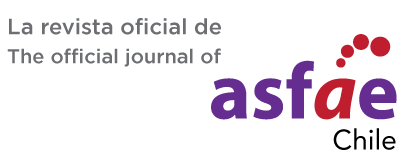Understanding Governance Mechanisms in Small and Medium Family Firms in Latin America
DOI:
https://doi.org/10.35692/07183992.14.2.10Keywords:
Governance in family firms, governance mechanisms, Latin American family firms, family firm performanceAbstract
Governance mechanisms help manage, direct, and control people, resources, and the interests of those involved in a firm. In family firms, understanding the use of governance mechanisms is particularly important given their rela-tionship with the sustainability of the family and the business. Even though we know a great deal about family business governance in North America and Europe, we still know very little regarding the use of governance mechanisms in small and medium (SME) family firms in Latin America, nor do we know whether the use of governance mech-anisms impacts financial performance. To address these gaps, this paper presents the results of a survey completed by 2287 representatives of family business SMEs from 24 Latin American countries. Participants indicated the like-lihood of their using different governance mechanisms and responded to questions concerning their businesses. Our results indicate that the small and medium Latin American family firms in our study were not very likely to use formal business and family governance mechanisms, however, the use of formal business governance mechanisms was related to financial performance. The implications of these results for research and practice are discussed.
Downloads
Published
How to Cite
Issue
Section
License

This work is licensed under a Creative Commons Attribution-NonCommercial-NoDerivatives 4.0 International License.











